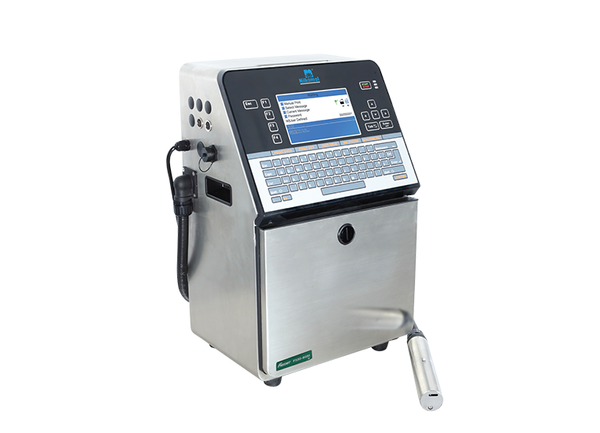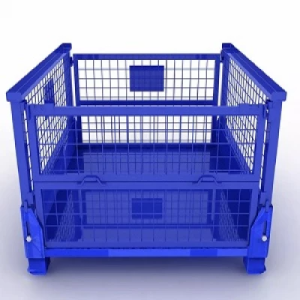Features:
Flat and Stable Surface: The assembly table features a flat and stable surface, providing a reliable foundation for assembling components or working on projects.
Customizable Configuration: Some assembly tables come with adjustable or modular features, allowing users to customize the table based on specific assembly needs, such as adding accessories, shelves, or storage options.
Ergonomic Design: Many assembly tables are designed with ergonomics in mind, offering a comfortable working height and features to reduce strain on workers during extended assembly tasks.
Benefits:
Precision and Accuracy: The flat and stable surface of the assembly table ensures precision during assembly tasks, allowing for accurate placement and alignment of components.
Efficient Workflow: Designed for organized and efficient workflows, assembly tables often include features such as built-in storage, power outlets, or tool organizers to streamline the assembly process.
Durability: Constructed with durable materials, assembly tables are built to withstand the rigors of regular use in assembly environments, ensuring longevity and reliability
.
Applications:
Manufacturing and Production: Essential in manufacturing settings for assembling components or products with precision and efficiency.
Workshops: Used in workshops for various assembly tasks, including woodworking, metalworking, or electronics assembly.
Laboratories: Suitable for scientific or research laboratories where precision is crucial in assembling experimental setups or delicate instruments.
















Reviews
There are no reviews yet.